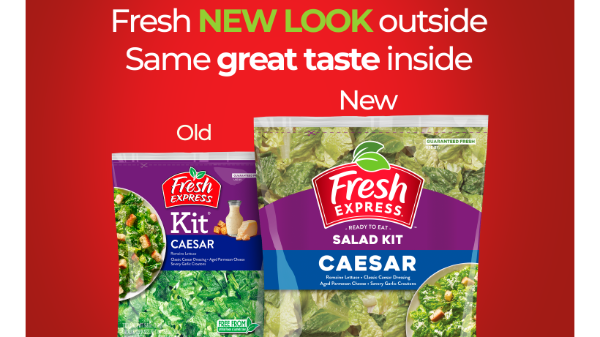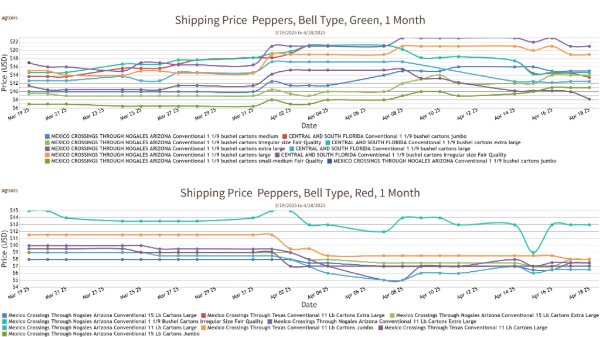Welcome to Blue Book!
Are you ready to join the thousands of companies who rely on Blue Book to drive smarter decisions? View our plans and get started today!
Still have questions? We’d love to show you what Blue Book can do for you. Drop us a line– we’ve been waiting for you.

“We’re starting to see more active packaging technologies on the berry side,” confirms Niall Kelly, vice president at Bunzl Agriculture Group, which includes Cool-Pak, LLC in Oxnard, CA. Both progress and the results are quite positive. “We’re in the very, very early stages of what could be done,” enthuses Kelly.
Freshness vs. Food Safety
Experts are quick to point out an important difference between extending shelf life and food safety. “Modified atmosphere packaging is generally a food quality technology, it’s not a food safety technology,” observes Brandenburg. “It doesn’t provide you with a kill step. If you’ve got nasty bacteria in your process, MAP is not going to get rid of it.”
Michigan State University researchers, however, are finding that variations in MAP can at least discourage bacterial populations. Flash treatments of specific gases or mixtures have minimized growth of salmonella and listeria. “We’ve proven that some specific gas combinations slow down [bacterial] growth,” cites Alemnar, though scientists are still figuring out exactly how the gases work and the best way to capitalize on the process.
For all its good, MAP can also have less desirable side effects. For some commodities, MAP raises carbon dioxide and can reduce fungi; in others, such as blueberries, high carbon dioxide may affect other properties and shorten shelf life.
New designs continue to address temperature and condensation issues, from micro-perforated films and plastics to increase air flow to tweaked absorbent pads that soak up moisture and inhibit microbial growth. There are also new polymers that can release moisture in a controlled manner and stave off spoilage.
Reducing water vapor can also occur from different packaging materials. Potato shippers invested in plastic/mesh bags years ago because the new material allowed water vapor to escape, improving quality and shelf life. The downside: the new bags were almost three times the cost of the old bags. In this case, the mantra of having “to spend money to make money” proved not only prescient but profitable.
Another example comes from the pear industry. “Many grocery shoppers today don’t want to wait for a pear to ripen,” comments Kathy Stephenson, marketing communications director for Pear Bureau Northwest in Milwaukie, OR. In response, “more and more large shippers have started to condition pears in a ripening room.”
After exposure to ethylene, the fruit will ripen more quickly. Afterwards, pears are packed in specially designed two-layer boxes that promote even ripening and deliver ‘no-touch merchandising’ for retailers. “These boxes actually add a small amount of cost per pound, but result in a sales increase of 12 to 22 percent when used as a vehicle to ripen the pears,” shares Wenatchee, WA-based Stemilt Growers, LLC’s marketing director Roger Pepperl.








